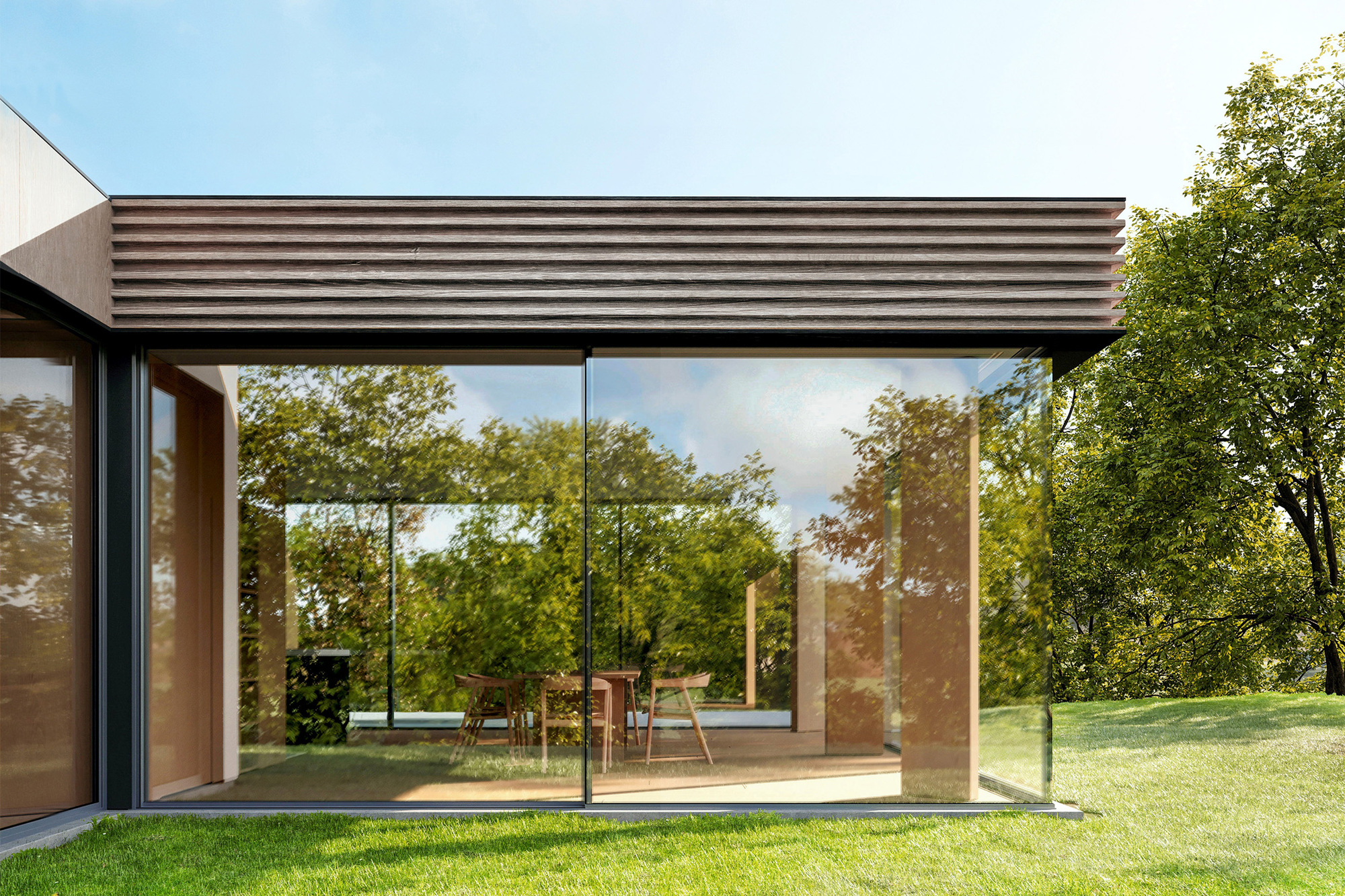Urban planning has a profound influence on home design, shaping the physical, social, and cultural aspects of residential environments. The organization and development of cities and neighborhoods greatly impact the design and function of homes, as well as the overall quality of urban living. Here are several key ways in which urban planning influences home design:
- Neighborhood Layout and Density: Urban planning determines the layout and density of neighborhoods, influencing the size and configuration of residential lots, the proximity of homes to public amenities, and the overall character of the built environment. This, in turn, affects the design of individual homes, as well as the sense of community and accessibility within the neighborhood.
- Zoning Regulations and Building Codes: Urban planning policies, including zoning regulations and building codes, influence the architectural style, size, and construction requirements of homes within a given area. These regulations define the permitted land use, building density, setbacks, and design standards, shaping the built environment and the appearance of residential structures.
- Mixed-Use Development: Urban planning often promotes mixed-use development, which integrates residential, commercial, and recreational spaces within the same neighborhood or district. This approach influences home design by encouraging the creation of live-work spaces, multifunctional residential units, and walkable neighborhoods that support a variety of activities and daily needs.
- Transportation and Infrastructure: Urban planning decisions regarding transportation networks, public transit systems, and infrastructure development impact the accessibility and connectivity of residential areas. This can lead to the design of homes that are situated in pedestrian-friendly, transit-oriented communities or that incorporate features such as car-ports or bike storage to accommodate alternative transportation options.
- Public Spaces and Amenities: Urban planning shapes the provision of public spaces, parks, and community amenities, which contribute to the design and livability of residential areas. Homes within well-planned urban environments often have access to green spaces, recreational facilities, and communal gathering areas, enriching the overall quality of life for residents.
- Sustainable Development: Urban planning is increasingly focused on sustainable development practices, which influence home design through the integration of environmentally friendly building techniques, energy-efficient systems, and eco-conscious urban design strategies. This fosters the creation of sustainable homes and neighborhoods that prioritize resource conservation, energy efficiency, and ecological resilience.
- Historic Preservation and Cultural Context: Urban planning considerations often encompass historic preservation and the protection of cultural heritage. This can influence the design of residential areas by promoting architectural styles and material choices that respect the historical context and cultural identity of a neighborhood, contributing to a sense of place and continuity.
In conclusion, urban planning significantly influences home design by shaping the physical, social, environmental, and cultural dimensions of residential environments. By considering factors such as community layout, infrastructure, public spaces, and regulatory frameworks, urban planning plays a crucial role in creating well-designed, cohesive, and livable residential neighborhoods that support the diverse needs and aspirations of urban residents.
